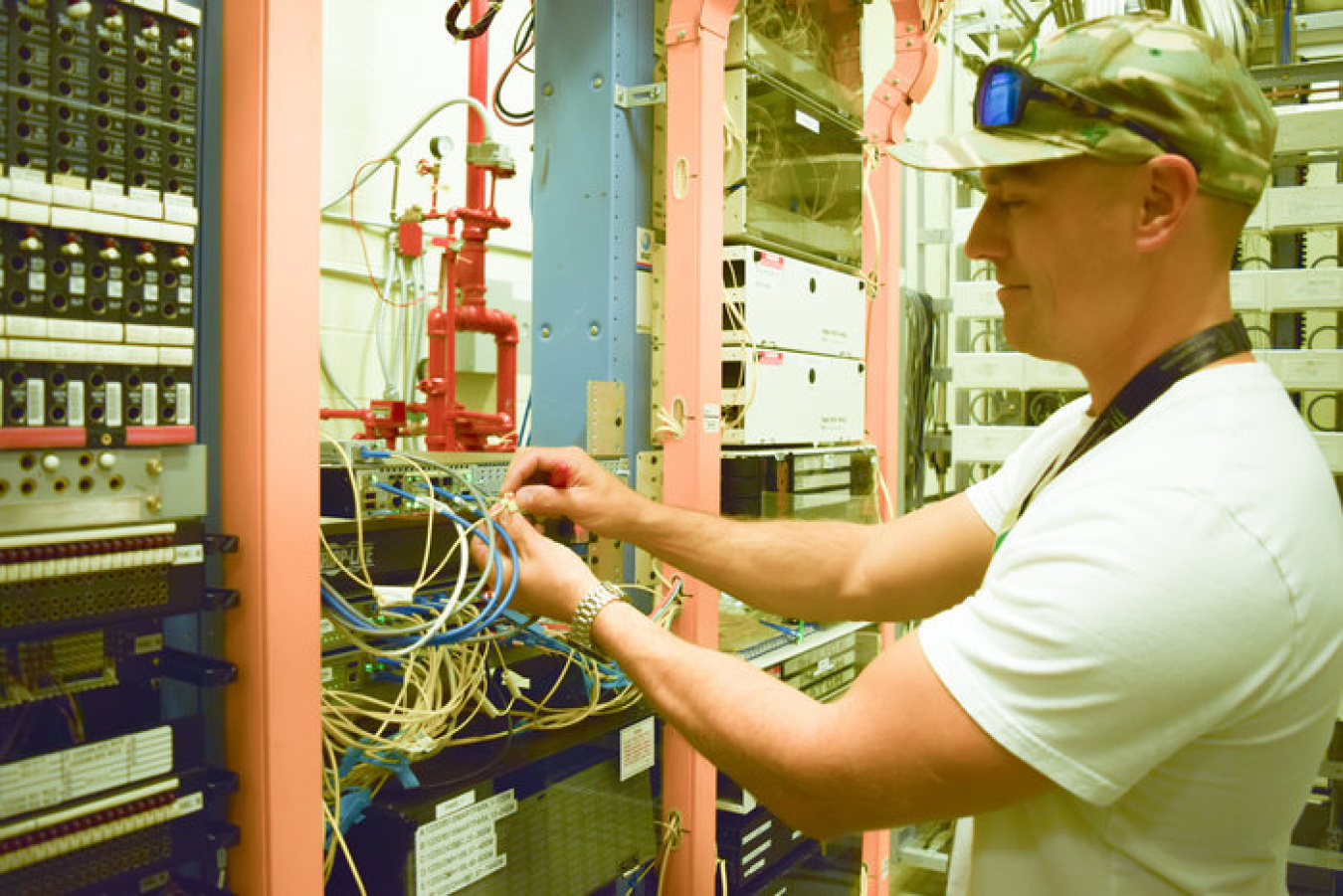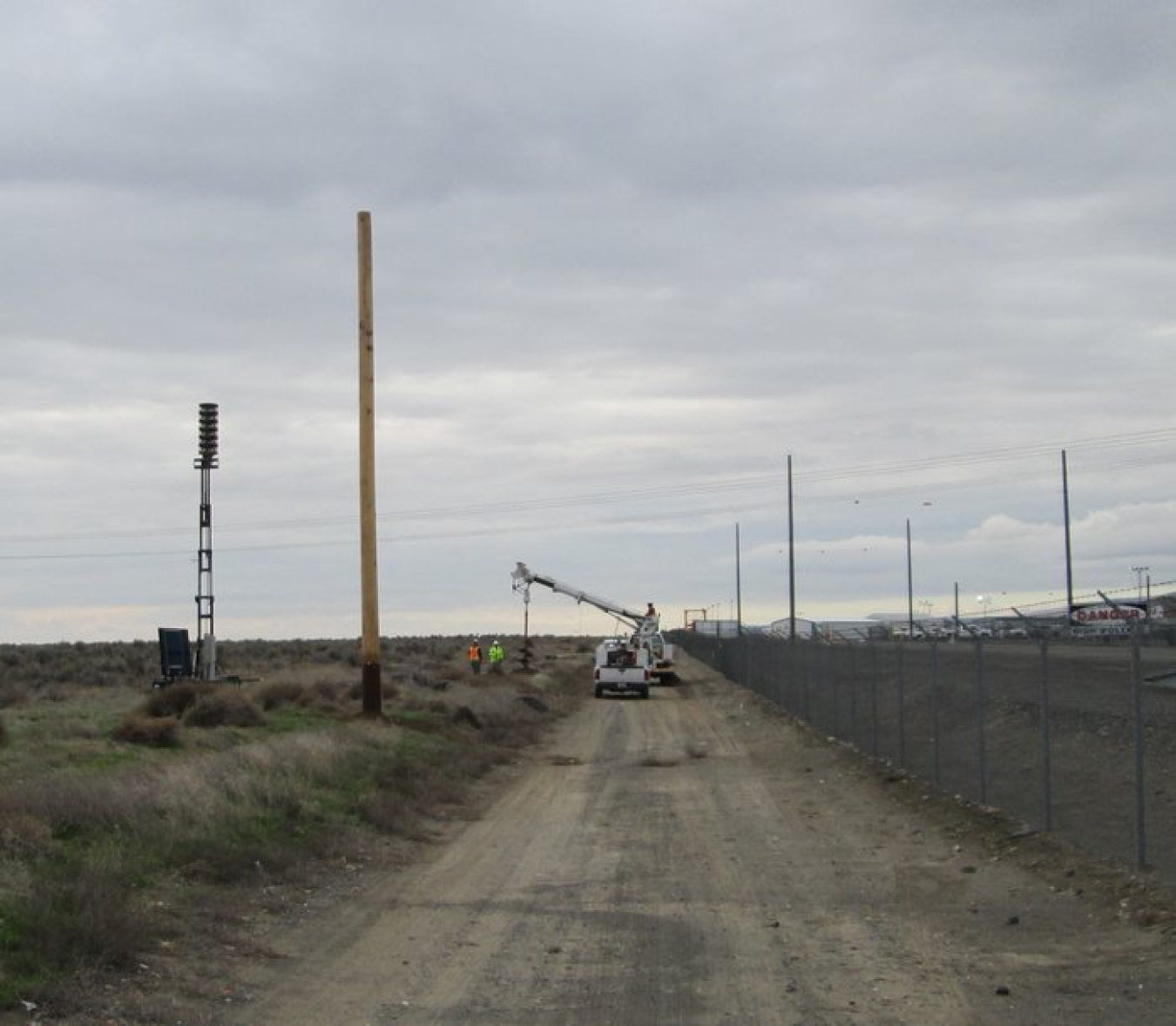Hanford Looks to Rebuild Infrastructure to Support Future Cleanup
Office of Environmental Management
September 24, 2019RICHLAND, Wash. – The next major phase of Hanford cleanup is treating tank waste using vitrification — mixing the waste with glass — at the Waste Treatment and Immobilization Plant (WTP), as part of the Direct-Feed Low-Activity Waste program.
DFLAW is a system of interdependent projects and infrastructure improvements that must operate together to successfully vitrify low-activity waste. Many diverse activities must be completed in the next three years to start treating tank waste before a Dec. 31, 2023 milestone.
With the Hanford Site preparing for a shift to 24-hour operations to treat tank waste, EM Richland Operations Office (RL) contractor Mission Support Alliance (MSA) is reconfiguring, rejuvenating, and right-sizing key infrastructure. Much of Hanford’s infrastructure is more than 75 years old and does not provide reliable service for future cleanup, including work at WTP.
“We are entering one of the most important phases of cleanup at Hanford,” said Sharee Dickinson, director of the RL infrastructure and services division. “When we start turning waste into glass, we will need reliable systems to support round-the-clock operations.”


As the site services provider, MSA is rehabilitating systems, including roadways, power lines, water and sewer lines, facilities, and information technology services.
“The size and age of Hanford’s infrastructure presents us with a lot of challenges,” said Rick Moren, director of reliability projects at MSA. “We are focused on making sure the systems can support WTP, and we also need to ensure workers in other areas of the site have the infrastructure and resources to support the various phases of cleanup.”
A key component of MSA’s support of DFLAW is building a new water treatment facility. Scheduled for construction early next year, the $14 million facility will replace an aging facility and provide reliable potable water to users in the center of the Hanford Site.
MSA also recently finished refurbishing one of the main roadways to be used to transport treated low-activity waste from WTP to a Hanford disposal site known as the Integrated Disposal Facility. Additional projects include updating phone services, replacing electrical lines, and ensuring water and sewer lines are in adequate condition to support demand.

